PSA doesn't play around in service and decided to exclusively summon the Car Of The Year jury for the first world test of the new Peugeot 208 . It was at the Mortefontaine test complex and I was able to drive two versions with a gasoline engine and also the electric e-208.
For those who had doubts about the importance that the manufacturers give to the Car Of The Year (COTY), PSA has just given yet another test by calling the judges exclusively for the first world test of the new 208.
And this time without embargoes, that is, there was no confidentiality commitment to sign, forcing you to write later. It was just time to go back to base, get the ideas in order and start writing, while the photographers stayed another day in the test complex producing the images we asked of them.
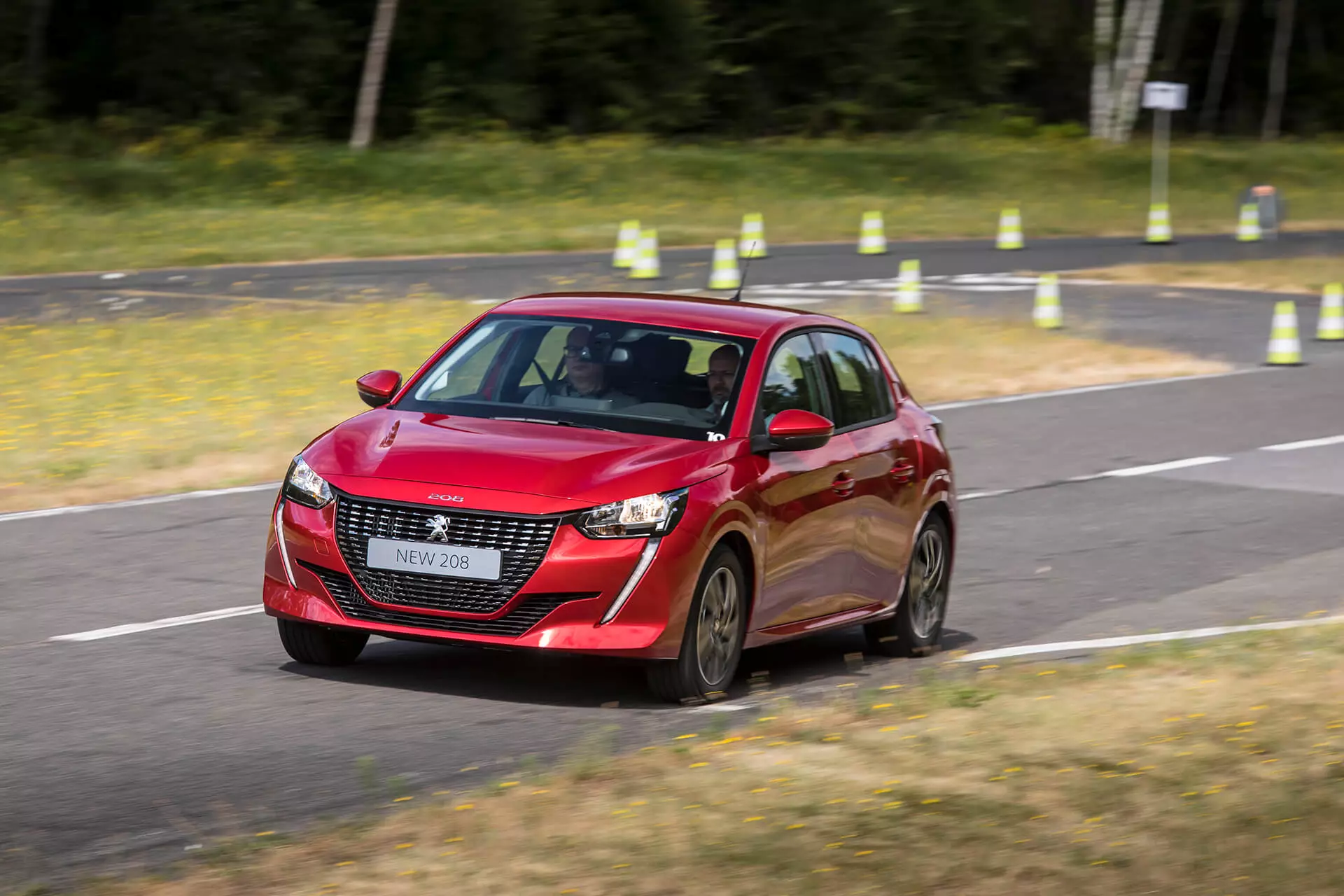
Peugeot's only requirements were not to forget to mention that the units tested were prototypes (pre-production), although very close to the final product, and to say that the complete analysis of the dynamics is until November, when the international presentation takes place. That's it, it's said!…
Lighter CMP platform
The second generation of the Peugeot 208 (it's a shame it didn't go to 209…) is made on the CMP (Common Modular Platform), debuted by the DS 3 Crossback and shared also with the Opel Corsa and many other models that will appear in the future. PSA says it will be used for B-segment and C-base models, leaving EMP2 for the larger C and D-segment models.
Subscribe to our newsletter
For comparable models, the new CMP is 30 kg lighter than the previous PF1 , in addition to including numerous improvements at all levels. But its main virtue is being a “multi-energy” platform.
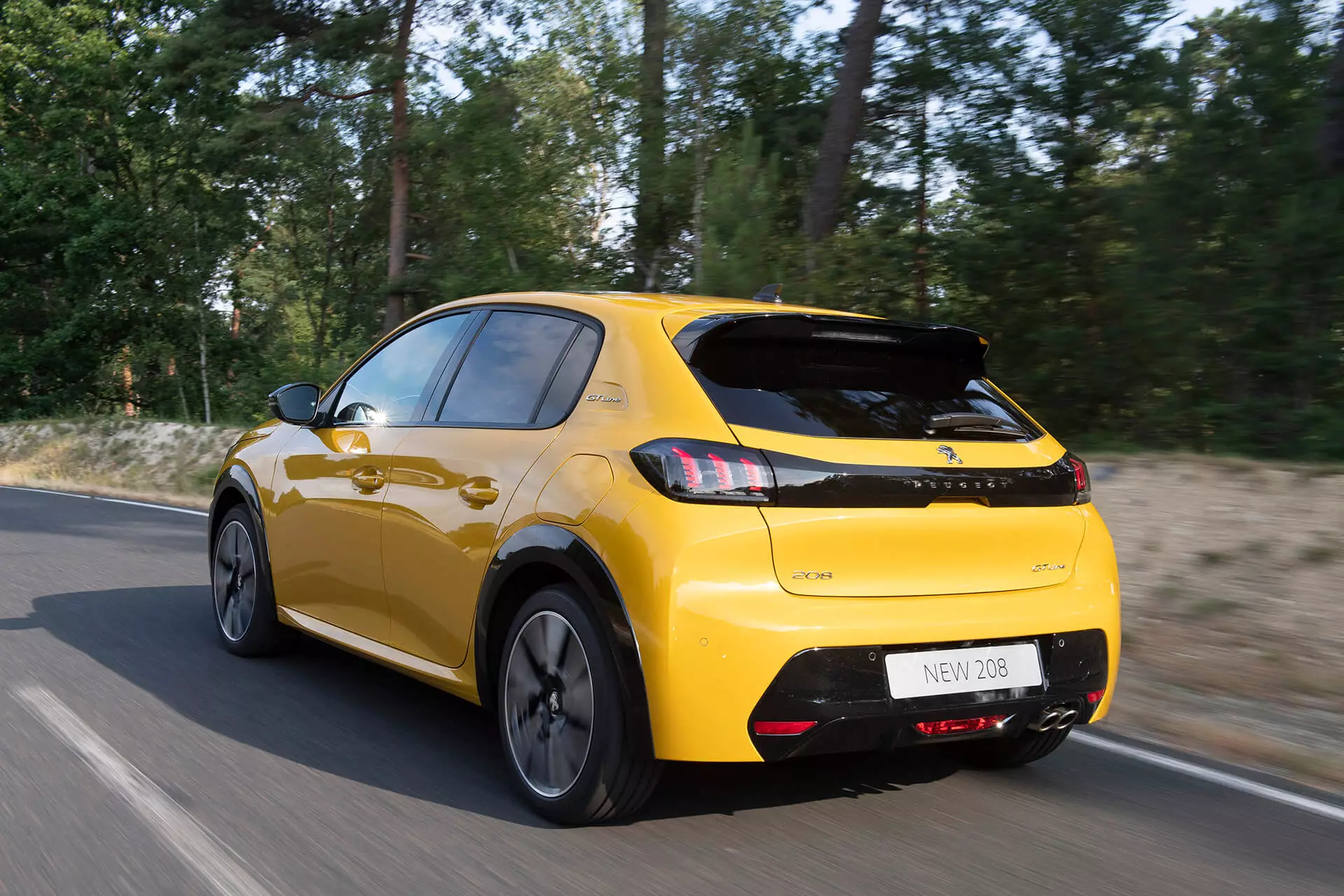
This means it can take gasoline, diesel or electric engines, with all versions mounted on the same production line. It was the way found by PSA to guard against the unpredictable market preference: increasing or decreasing the amount of one type of engine in relation to the others is thus feasible and easy.
Four thermals and one electric
Most of the technical details of the Peugeot 208 are already known. Suspension is MacPherson at the front and torsion axle at the rear. Front-wheel drive and the thermal engines available are three versions of the 1.2 PureTech (75 hp, 100 hp and 130 hp) and one of the 1.5 BlueHDI Diesel (100 hp), in addition to the electric with 136 hp.
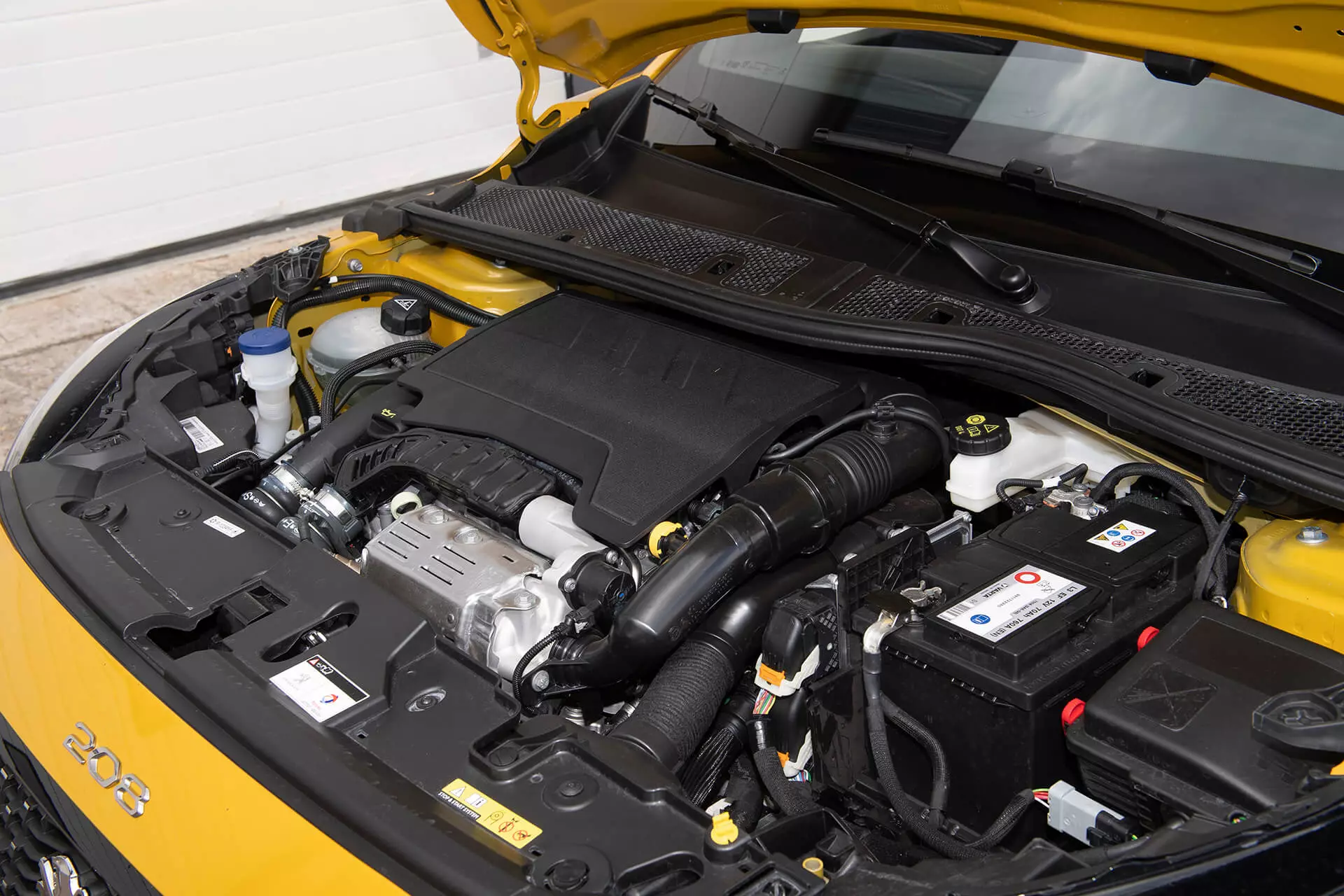
Only the less powerful doesn't have a turbocharger and takes a manual gearbox of five. The others can have a six manual gearbox or an eight automatic gearbox, the first time this option has been available in segment B. Incidentally, the 130 hp engine is only available with the automatic gearbox.
The new platform also made it possible to update the driving aids, with adaptive cruise control with stop & go, active lane maintenance, traffic sign recognition, active blind spot, emergency braking with pedestrian and cyclist recognition and high beams. automatic, to name the most relevant.
really new style
After having seen it for the first time in February, hidden in a tent also in Mortefontaine and later in the Geneva Motor Show, this was the first time I have encountered the Peugeot 208 in a more or less normal outdoor environment. And what I can say is that the style is even more impressive when the context is the street. Peugeot risked a lot with this new generation, “pulling” the 208 to an almost premium plan, sharing solutions with the 3008 and 508, but without being a copy on a reduced scale.
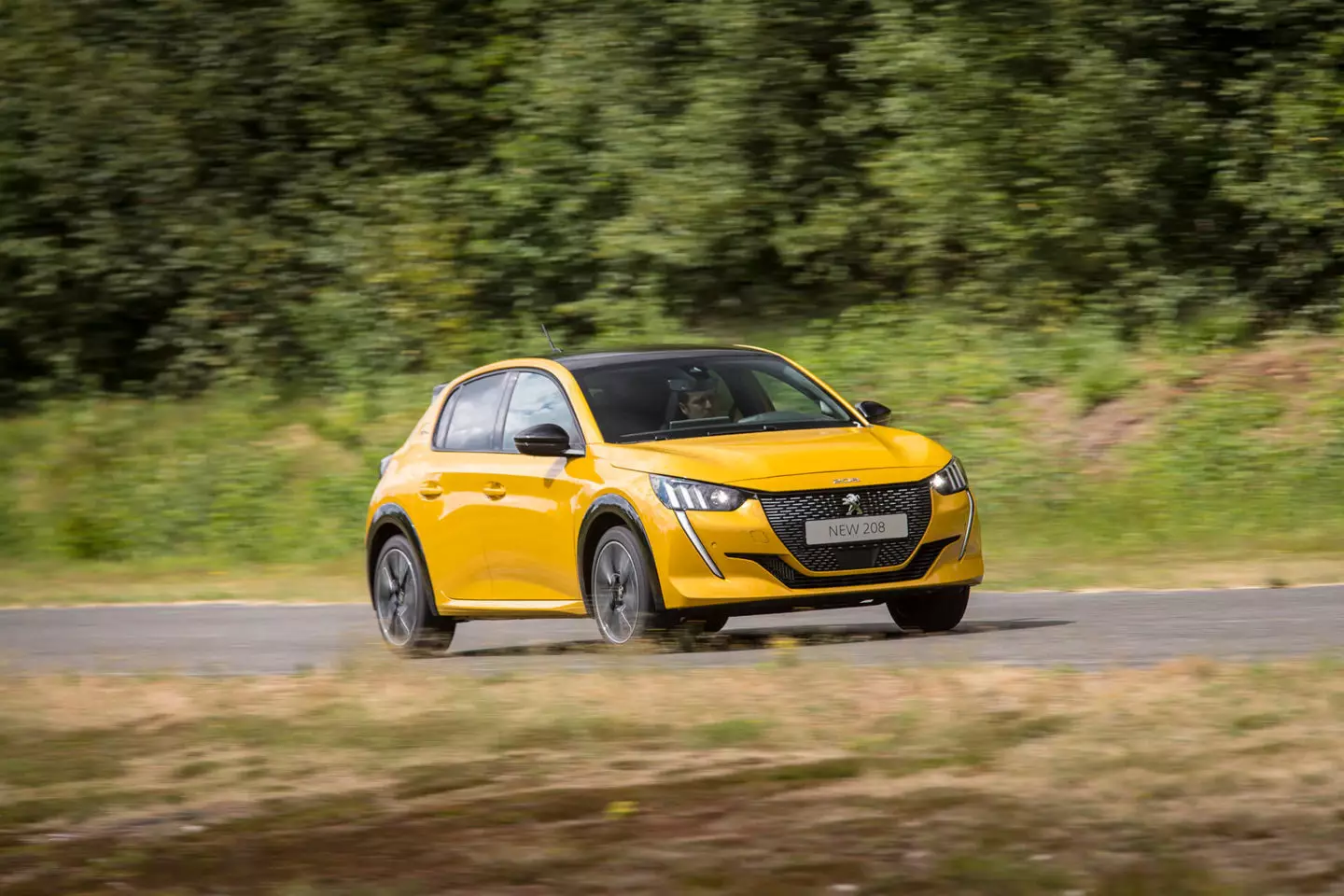
The headlamps and taillights with three vertical slots, the black bar joining the rear ones, the black moldings around the wheels and the large grille give the 208 an aura of novelty like no other model in the segment. Whether buyers will like it is another story.
On the Renault side, a continuity solution was preferred, because the revolution had already taken place. At Peugeot, the revolution starts now. And it starts with strength.
Much improved interior
There are also new features in the cabin, with a dashboard that continues to defend the i-Cockpit concept with the instrument panel for reading above the steering wheel. This became the same as the 3008 and 508, with the top flat so as not to cover the bottom of the panel, which was a complaint by some of the five million users of this system.
The instrument panel itself has a new version, at the highest equipment levels, with the display of information in several layers, in a 3D effect that comes close to a hologram. Peugeot says that this gains a second in the driver's perception of the most urgent information, which is placed on the first layer.
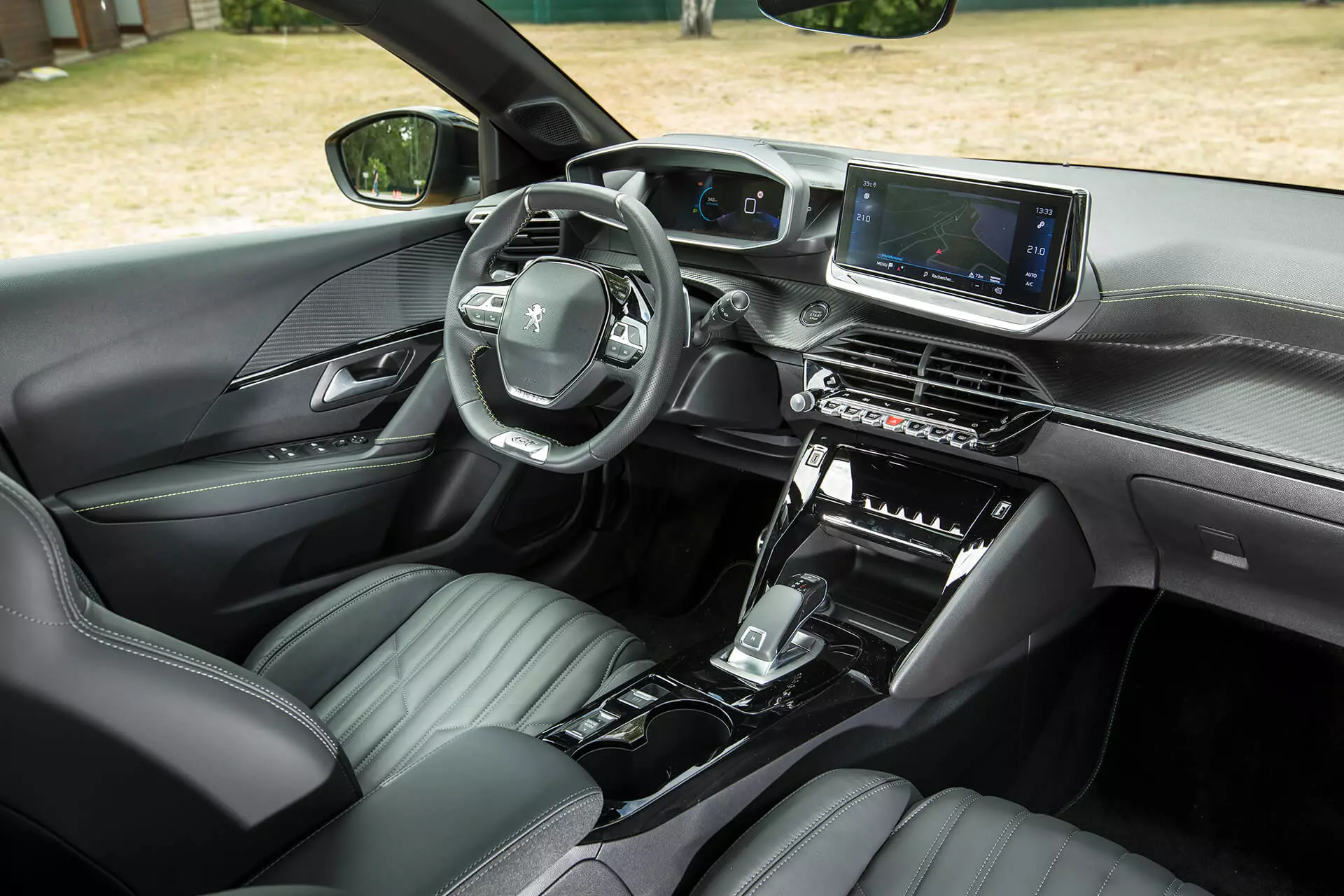
The tactile center monitor is common to other more expensive PSA models, with a row of physical keys underneath. The console has a compartment with a lid that rotates 180 degrees to assume a smartphone's attachment point.
The perception of quality is good, with soft materials at the top of the dashboard and front doors. Then there is a decorative strip in the middle and the harder plastics only appear lower.
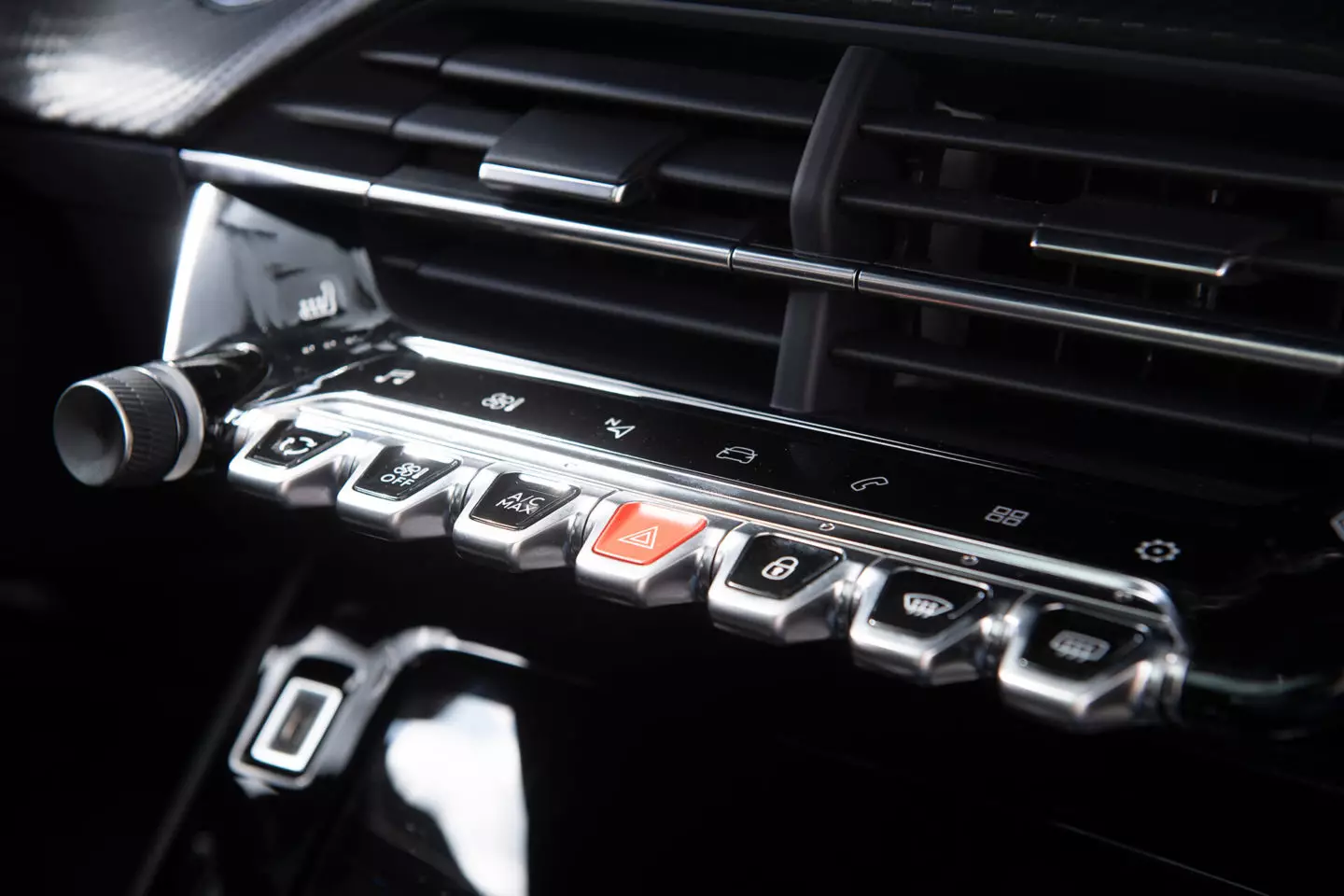
medium space
Space in the front seats is sufficient, as in the second row, without being the segment reference. The suitcase rose from 285 to 311 l in capacity.
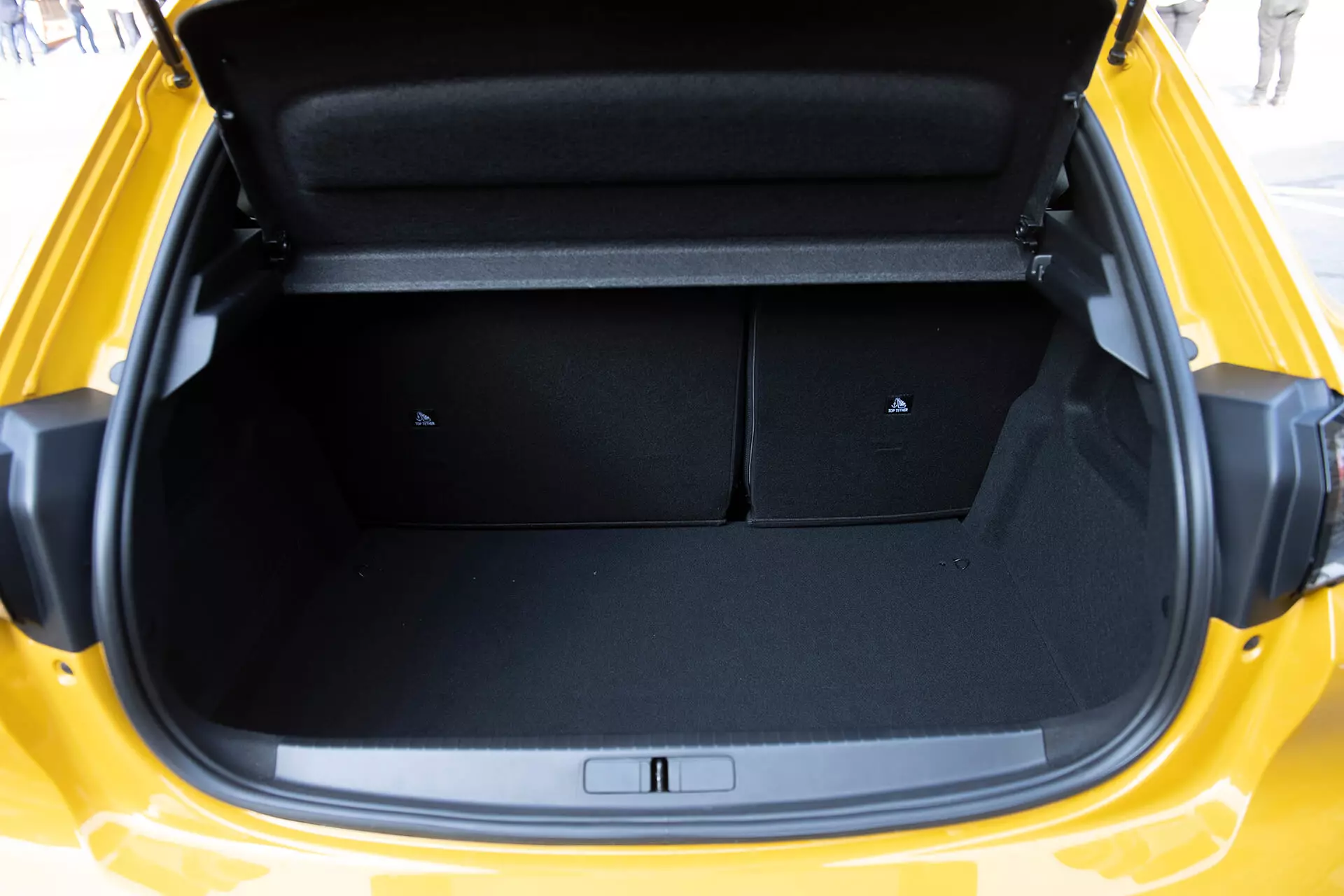
The driving position is easy to adjust and a good body posture is achieved, with the seats showing more comfort than in the previous model. The gear lever is close to the steering wheel and visibility is more than acceptable. The steering wheel practically stopped covering the lower part of the instrument panel.
At the wheel: world premiere
In this first test of the 208 it was possible to drive three different engines, starting with two variants of the 1.2 PureTech, the 100 hp and the 130 hp.
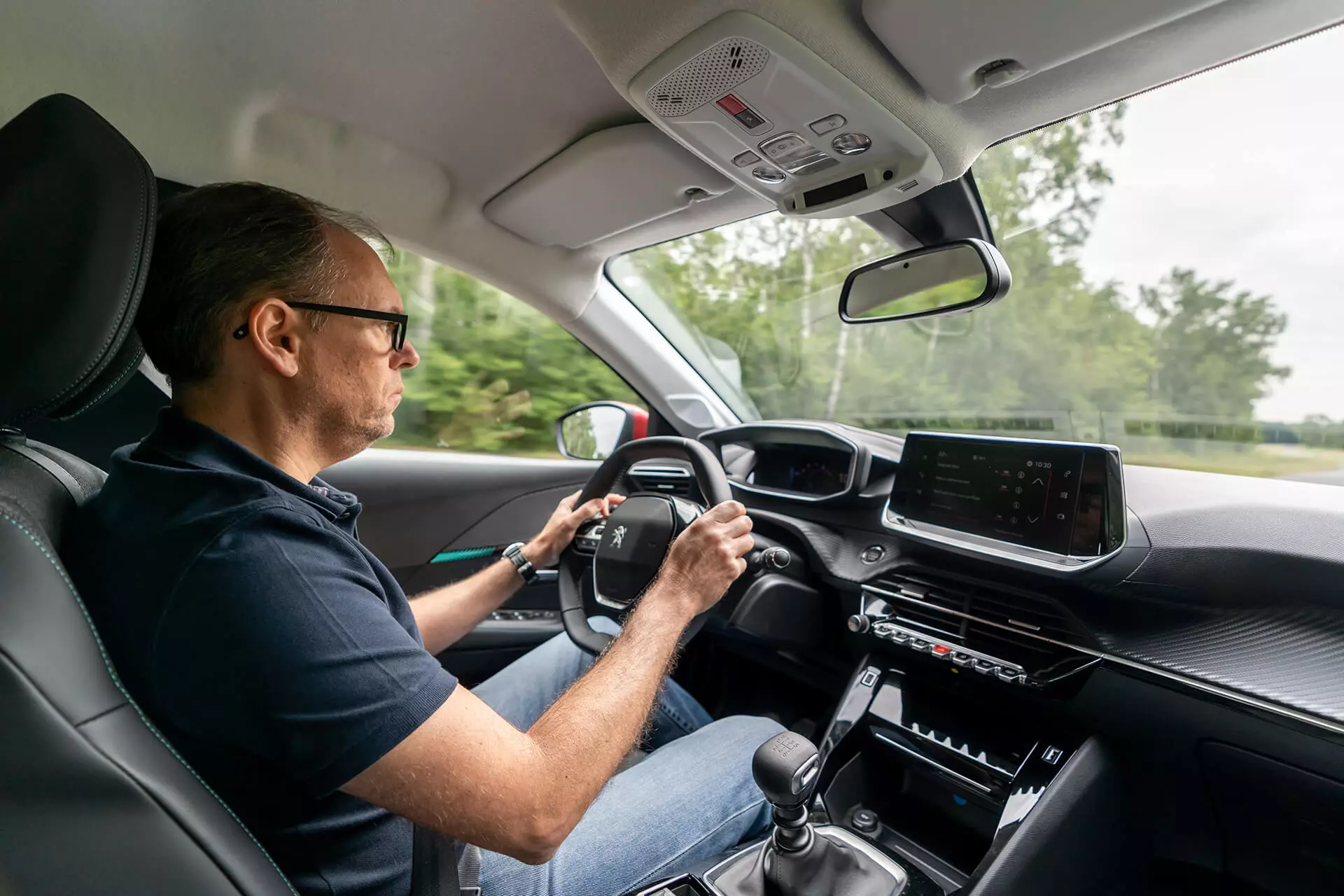
The first one was coupled to the six-speed manual gearbox, showing good response to low speeds, which continues in the intermediates, without a great increase in noise. The handling of the manual gearbox is smooth and precise, as we know it from other models.
This Active version had 16” wheels mounted capable of guaranteeing a good level of comfort, in the section of the circuit that simulates an uneven road.
In the near-perfect tread parts, the 100 hp Peugeot 208 1.2 PureTech showed a good agility from the front, which feels light and willing to change direction quickly in the most sudden chains. A neutral attitude, on faster corners, is always good news, but you'll even need to drive for more kilometers to validate these first impressions.
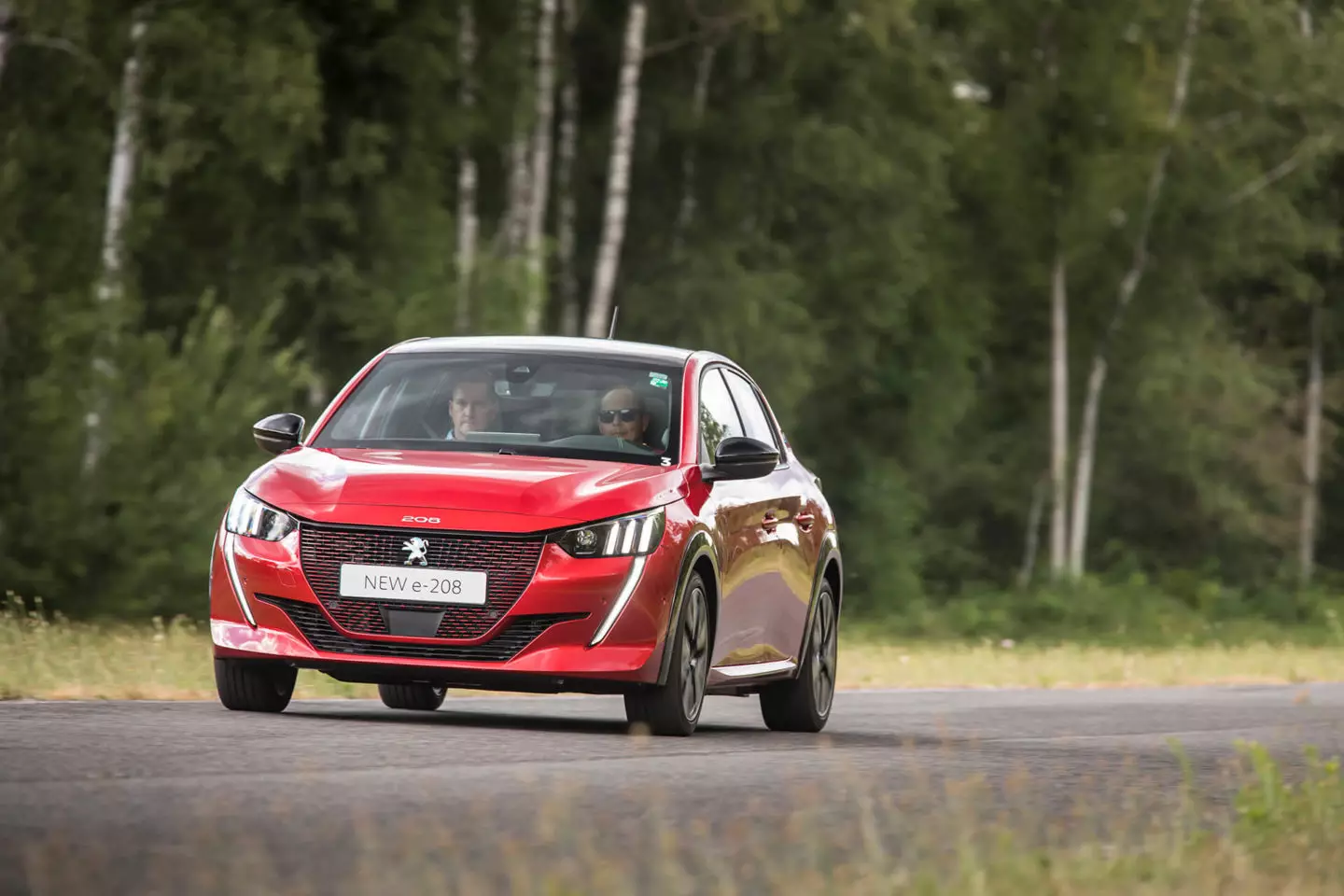
130 hp GT Line
Then it was time to move to the steering wheel of the 1.2 PureTech 130 in GT Line version, with an automatic eight-speed gearbox. Of course the engine's performance is significantly better, both at start-up and recovery, it only deserved a sportier sound. But the performance and consumption homologation process is not yet finished, so there are no values announced for 0-100 km/h.
This version gains greater precision and speed in cornering with the 205/45 R17 tires, against the Active's 195/55 R16, without the small steering wheel ever feeling too nervous. The automatic transmission has the small plastic tabs, fixed to the steering column, that PSA uses in many models and that already deserved to be refurbished.
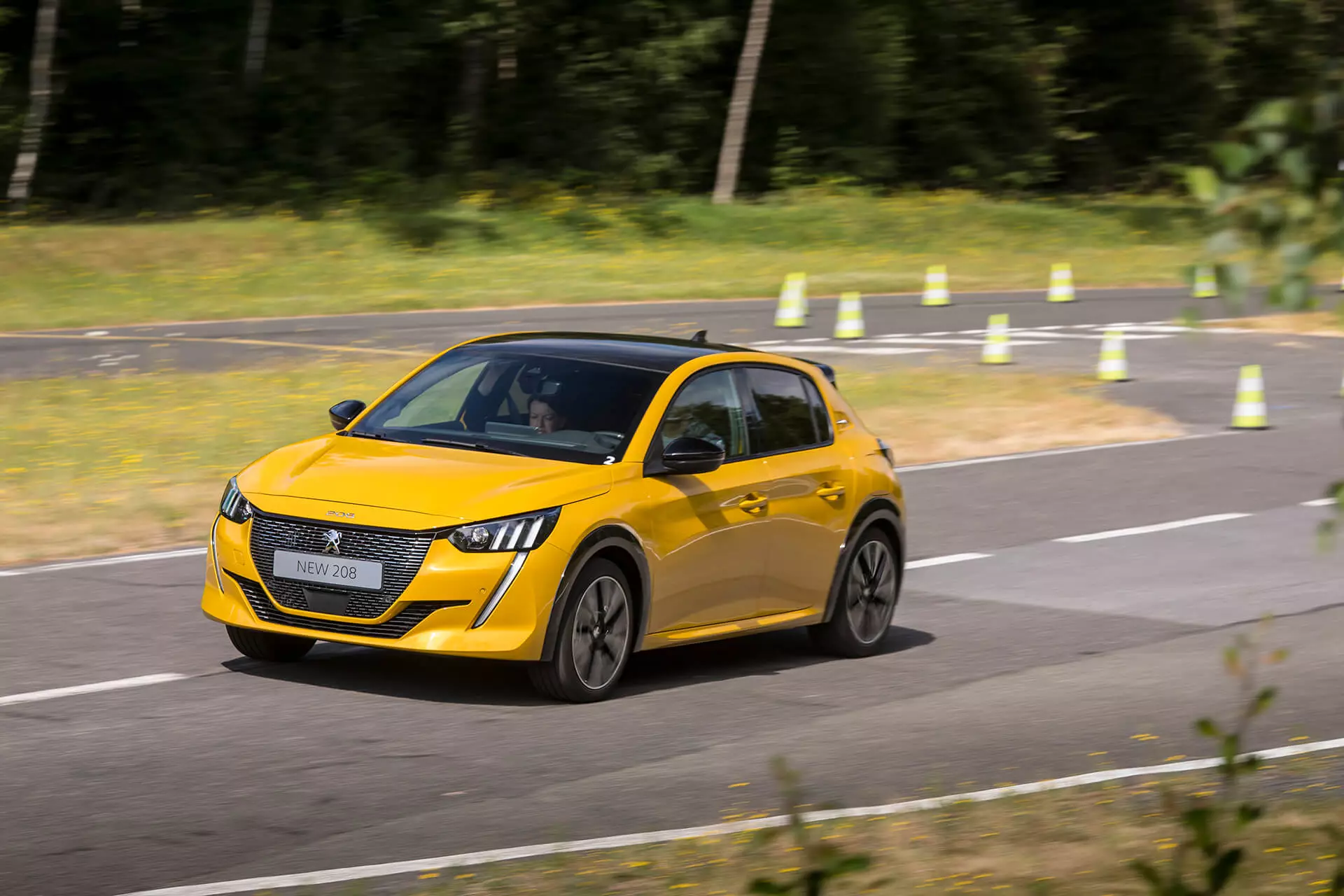
In D mode, the performance was adequate, but in the reductions from third to second, in the approach to slower curves, some delay was noticed. Perhaps a calibration issue that remains to be done. A longer test with the final production version will remove all doubts.
Electric e-208 seems the fastest
Finally, it was time to take the e-208, with its 136 hp engine. The 50 kWh battery, arranged in an “H” under the front seats, center tunnel and rear seat, only steals a little space at the feet of the passengers in the back and nothing from the trunk.
Its announced autonomy is 340 km , according to the WLTP protocol and the PSA declares three recharge times: 16h in a simple household outlet, 8h in a “wallbox” and 80% in 30 minutes on a 100 kWh fast charger. In this case the acceleration is already defined and takes 8.1s from 0-100 km/h.
Performance is the first thing you notice when you go from the 130 PureTech to the e-208: the maximum torque of 260 Nm available from startup tosses the e-208 forward with a will that the ICE (Internal Combustion Engine) , or internal combustion engine) cannot keep up.
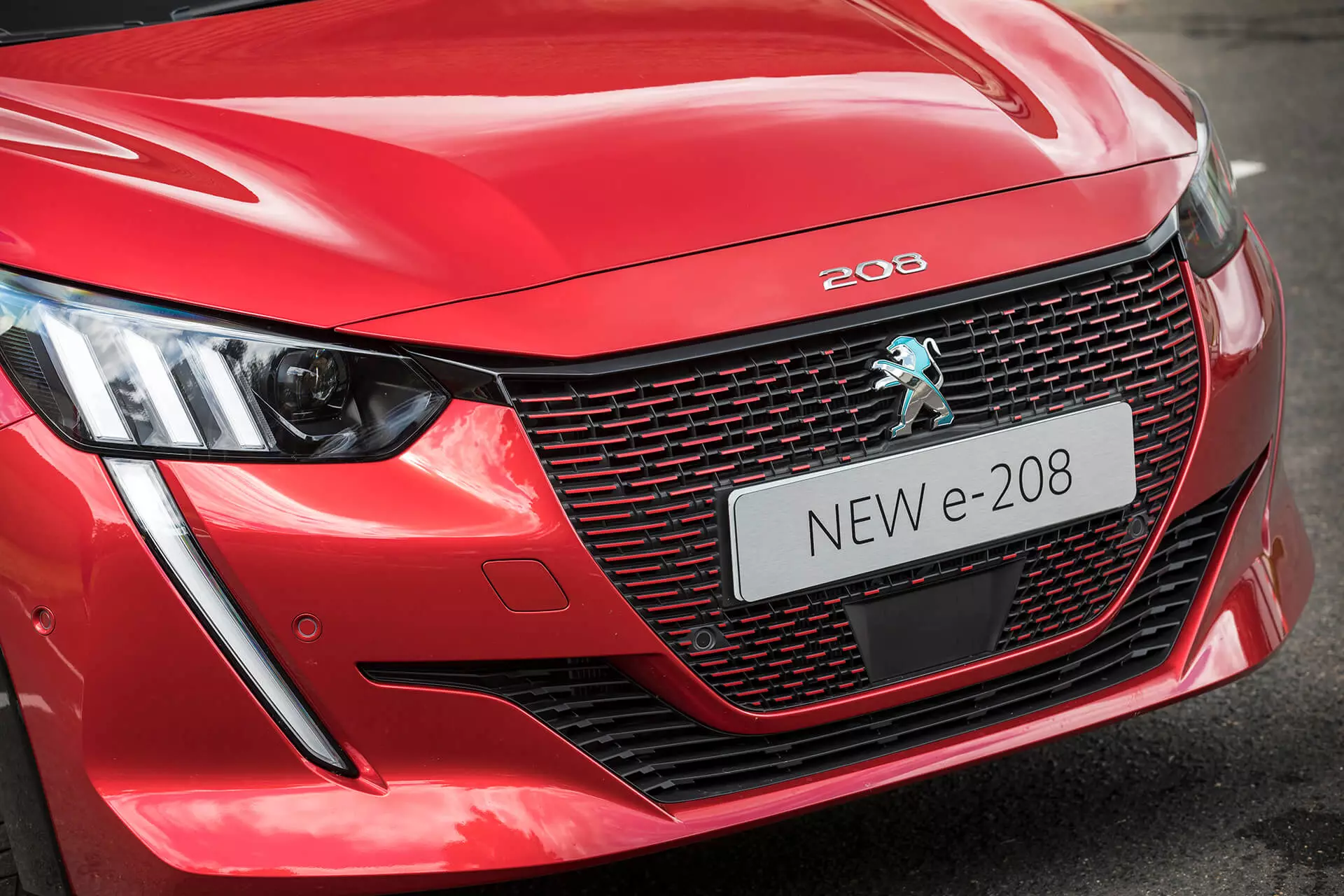
Of course, when it comes time to brake, you have to press the pedal a lot more and when you turn around to take the curve forward, the extra 350 kg of the electric version are obvious . The bodywork is more adorned and the dynamic precision is not the same, despite the Panhard bar that was placed to reinforce the rear suspension.
The e-208 has three driving modes that limit maximum power. : Eco (82 hp), Normal (109 hp) and Sport (136 hp) and the differences are very noticeable. However, when you press the right pedal all the way down, 136 hp is always available.
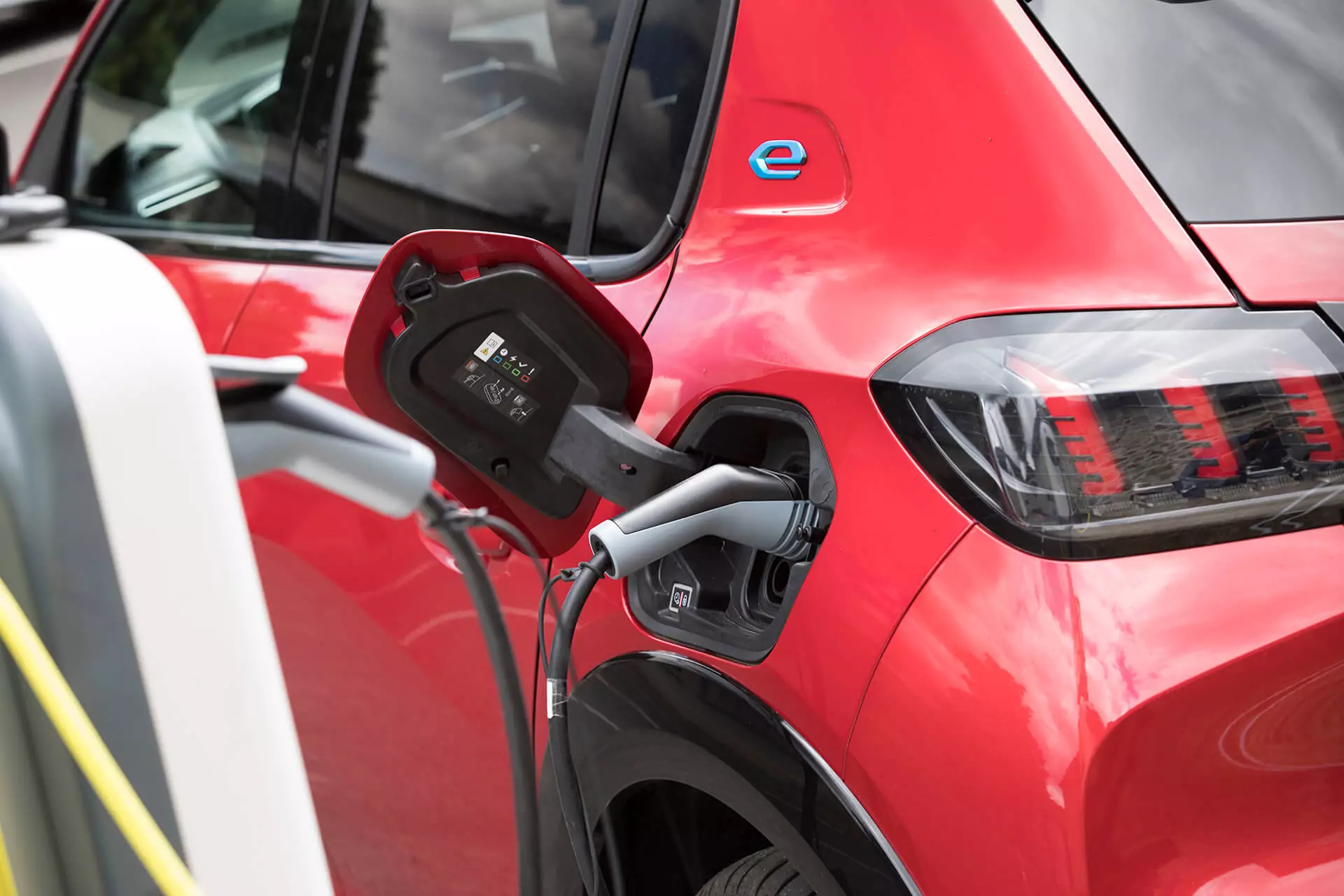
There are also two levels of regeneration, the normal and the B, which is operated by pulling the lever of the “box” of a gear. Deceleration hold increases, but the e-208 isn't designed to steer with just one pedal, you always have to brake. A decision by Peugeot engineers, because they expect many buyers to be “freshmen” in electric cars and prefer to drive in a way they are used to.
The arrival of the Peugeot 208 on the market is scheduled for November, with the first deliveries of the e-208 starting in January, when the anti-pollution regulations take effect.
As for prices, nothing has been said yet, but knowing the values of the Opel Corsa, it is to be expected that those of the 208 are a little higher.
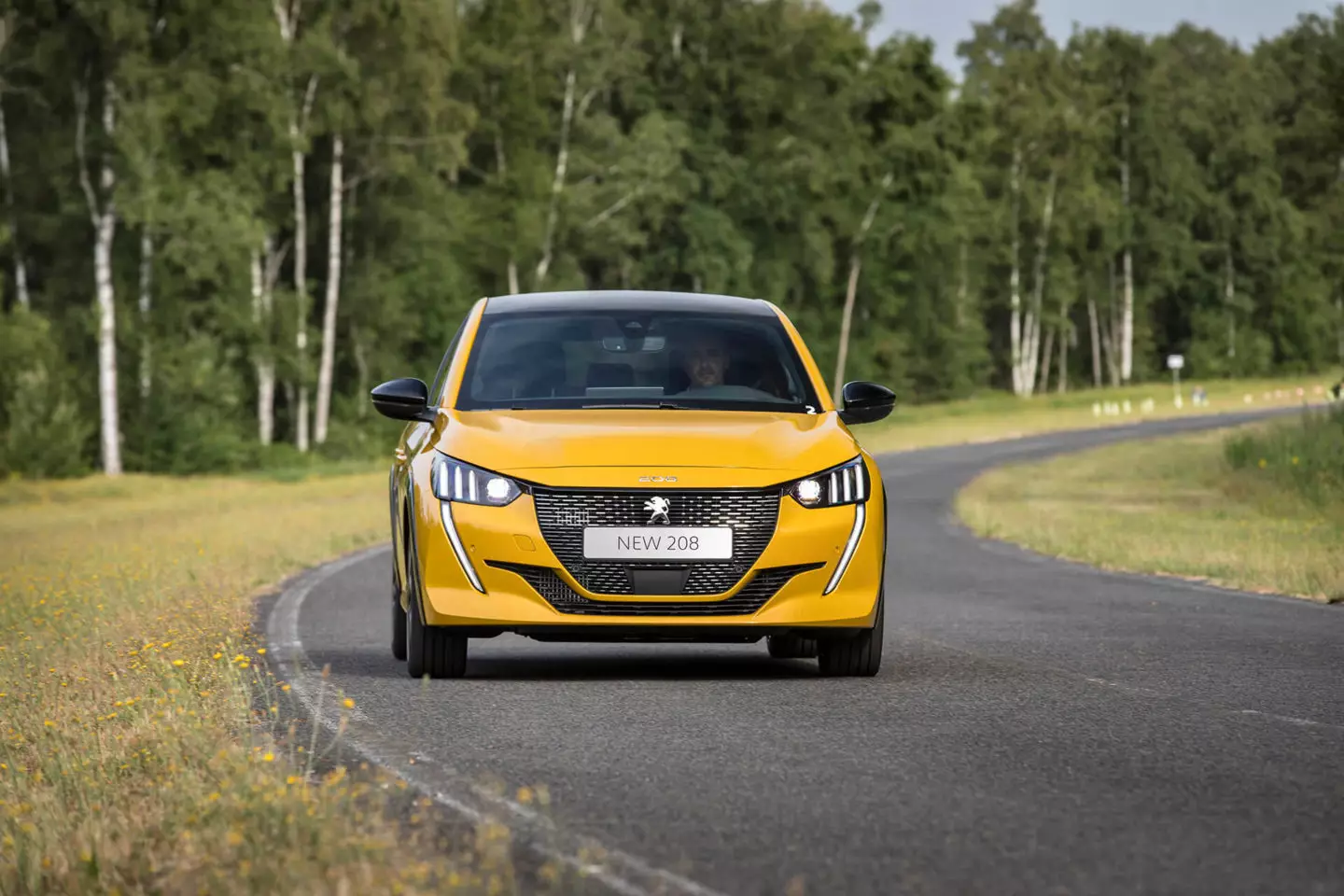
Specifications:
Peugeot 208 1.2 PureTech 100 (1.2 PureTech 130):
| Motor | |
|---|---|
| Architecture | 3 cil. line |
| Capacity | 1199 cm3 |
| Food | Injury Direct; Turbocharger; Intercooler |
| Distribution | 2 a.c.c., 4 valves per cil. |
| power | 100 (130) hp at 5500 (5500) rpm |
| Binary | 205 (230) Nm at 1750 (1750) rpm |
| Streaming | |
| Traction | Forward |
| Speed Box | 6-speed manual. (8 speed auto) |
| Suspension | |
| Forward | Independent: MacPherson |
| back | torsion bar |
| Direction | |
| Type | Electric |
| turning diameter | N.D. |
| Dimensions and Capabilities | |
| Comp., Width., Alt. | 4055mm, 1745mm, 1430mm |
| Between axles | 2540 mm |
| suitcase | 311 l |
| Deposit | N.D. |
| Tires | 195/55 R16 (205/45 R17) |
| Weight | 1133 (1165) kg |
| Installments and Consumptions | |
| Accel. 0-100 km/h | N.D. |
| Vel. max. | N.D. |
| consumption | N.D. |
| Emissions | N.D. |
Peugeot e-208:
| Motor | |
|---|---|
| Type | Electric, synchronous, permanent |
| power | 136 hp between 3673 rpm and 10,000 rpm |
| Binary | 260 Nm between 300 rpm and 3673 rpm |
| Drums | |
| Capacity | 50 kWh |
| Streaming | |
| Traction | Forward |
| Speed Box | a fixed relationship |
| Suspension | |
| Forward | Independent: MacPherson |
| back | Torsion Shaft, Panhard Bar |
| Direction | |
| Type | Electric |
| turning diameter | N.D. |
| Dimensions and Capabilities | |
| Comp., Width., Alt. | 4055mm, 1745mm, 1430mm |
| Between axles | 2540 mm |
| suitcase | 311 l |
| Deposit | N.D. |
| Tires | 195/55 R16 or 205/45 R17 |
| Weight | 1455 kg |
| Installments and Consumptions | |
| Accel. 0-100 km/h | 8.1s |
| Vel. max. | 150 km/h |
| consumption | N.D. |
| Emissions | 0 g/km |
| Autonomy | 340 km (WLTP) |
